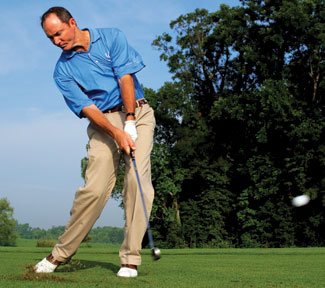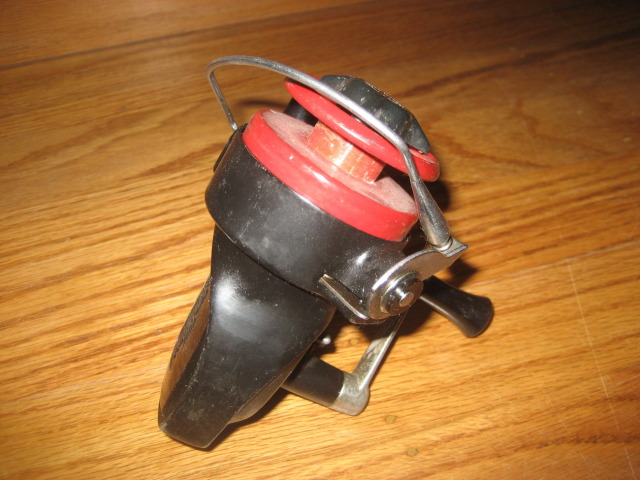Fly rod weights
Question
QUESTION: Just about every fly rod I have ever seen is marked for a particular line weight or weights, for example, 5 or 5-6.
How is the proper line weight determined for a fly rod?
ANSWER: Pat,
Tha is a very complex question involving tradition and physics . Here's something to think about :
Matching" the components of our fishing tackle Systems increases both the enjoyment and effectiveness of our fishing. Someone new to the sport may give little consideration to matching things such as the size of a fly to tippet diameter, or a flyline to a particular fly rod. In this article, we discuss the role of rod stiffness in matching a fly rod to a flyline....
How does one determine what size flyline to use with a particular rod? A beginning angler has enough to think about already and typically welcomes the rod manufacturer's recommendation of their "5 weight"' rod to cast a 5 weight flyline. Longtime fly fishers are more likely to accept the rod makers recommended matching as a point of departure from which to experiment. The flyline that an experienced angler selects to use with a given rod may or may not match the manufacturer's recommendation.
This matching is sometimes complicated by the length of flyline (and thus line weight) an angler intends to use, the type of fishing (boat anglers sometimes overline the rod to minimize false casting as they move past attractive water), the wind conditions, and the fact that some rods seem to cast several line sizes better than others. Yet, the more we specify a particular casting distance or purpose and type of flyline (i.e. shooting taper vs weight forward line), the more one size of flyline seems a little superior to any other.
But assuming we can agree to this, what characteristics determine the balancing of a line to a rod? The mass of the first 30 feet of the flyline is obviously one characteristic. But how about with the fly rod? Certainly where it flexes isn't critical; you can have a tip flexing rod and a full flexing rod that balance with the same flyline. What we have found here is that the measurable rod characteristic that is most important in proper balancing with a flyline is overall stiffness~
The American Fishing Tackle Manufacturers Association set a standard for line weights in 1961, specifying the weight for the first 30 feet of flylines, valid for all line tapers. Choosing the correct line weight for your rod gives you the ability to properly load your rod with minimum effort, and will also result in effective unloading of your rod. With effective unloading your rod works for you to propel the line forward. The forward movement and rotation of the rod butt combined with rod unloading are primary factors which control the motion of the line.
---------- FOLLOW-UP ----------
QUESTION: I guess I wasn't very clear in phrasing my question. How does a rod maker determine what the best line weight is for a particular rod that he built. Is there no testing of any kind that is done to attain that information? I would have thought the rod maker would perform some kind of a controlled flex test with a weight standard of some kind.
Answer
Allot of rod makers follow known dimensions called tapers dating back to the 1800s.
I tell people the line weight on my rods after casting the first 30 feet with various weight lines to best tell if it is a 5 or 6 weight.
You are a little out of my range of expertise. There are rocket scientists who build rods but I only half believe what they say.
Here's a book with the details you are looking for(if I understand your question): The Technology of Fly Rods: An In-Depth Look at the Design of the Modern Fly Rod, Its History and Its Role in Fly Fishing by Don Phillips.
Good Luck
Mac
Chatter baits
New Rod?


